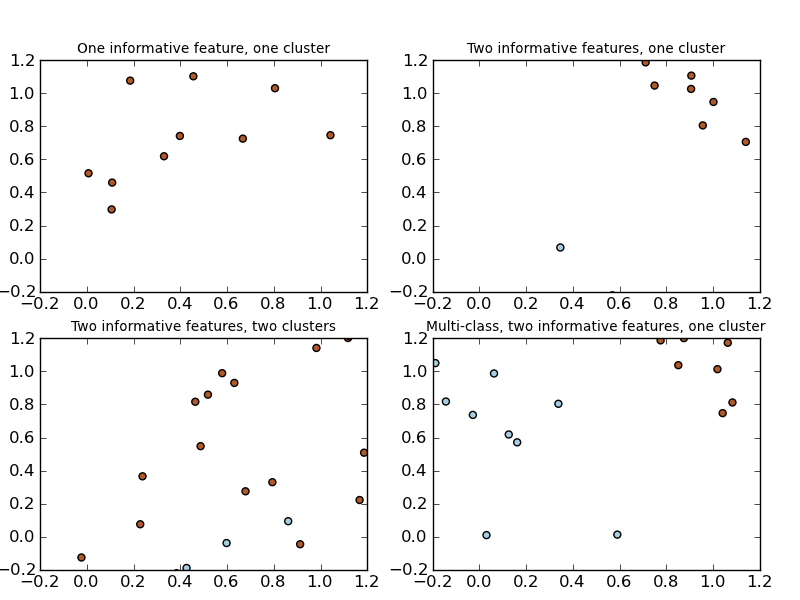


Synthetic data is created from a statistical model.Thus, synthetic data has three important characteristics: Users are unable to identify the information of the entities that provided the original data.” Synthetic data is created by statistically modelling original data, and then using those models to generate new data values that reproduce the original data’s statistical properties. “Synthetic data are microdata records created to improve data utility while preventing disclosure of confidential respondent information. But first we need to answer the obvious question: What Is Synthetic Data?Īccording to the definition set forth by the UK’s Office for National Statistics (ONS): In this article, we will introduce you to ten Python libraries that enable you to produce synthetic data for specific business contexts.

For all of these reasons, making use of synthetic data is a good alternative, since it can fulfill the same needs with little effort. In addition, privacy regulations affect the ways in which you can use or distribute a dataset. In many cases, obtaining the data is expensive or difficult due to external conditions. Sometimes you don’t have enough data or the data has gaps that need to be filled. Raw data usually presents several challenges that need to be solved before you can actually work with it productively.


 0 kommentar(er)
0 kommentar(er)
